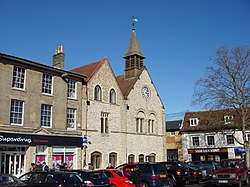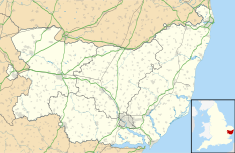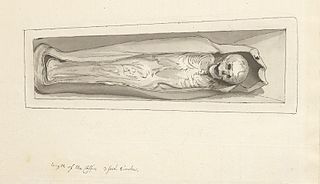
Hugh of Lincoln was an English boy whose death in Lincoln was falsely attributed to Jews. He is sometimes known as Little Saint Hugh or Little Sir Hugh to distinguish him from the adult saint, Hugh of Lincoln. The boy Hugh was not formally canonised, so "Little Saint Hugh" is a misnomer.

Bury St Edmunds, commonly referred to locally as Bury, is a historic market and cathedral town and civil parish in Suffolk, England. The town is best known for Bury St Edmunds Abbey and St Edmundsbury Cathedral. Bury is the seat of the Diocese of St Edmundsbury and Ipswich of the Church of England, with the episcopal see at St Edmundsbury Cathedral.
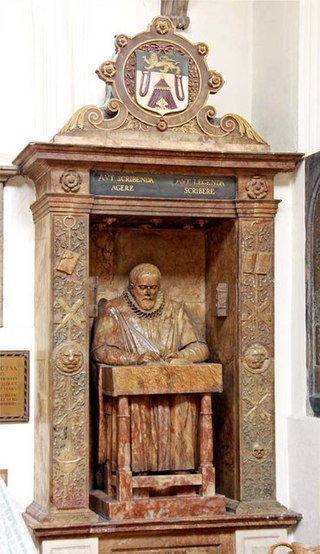
John Stow was an English historian and antiquarian. He wrote a series of chronicles of English history, published from 1565 onwards under such titles as The Summarie of Englyshe Chronicles, The Chronicles of England, and The Annales of England; and also A Survey of London. A. L. Rowse has described him as "one of the best historians of that age; indefatigable in the trouble he took, thorough and conscientious, accurate – above all things devoted to truth".
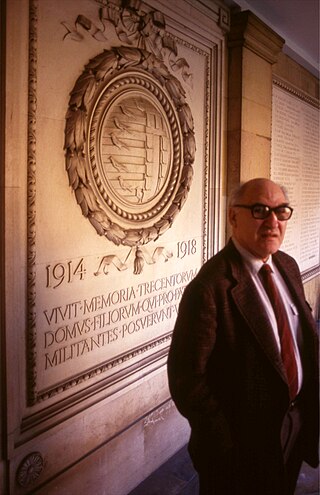
Gerhard "George" Lachmann Mosse was a German-American social and cultural historian, who emigrated from Nazi Germany to Great Britain and then to the United States. He was professor of history at the University of Iowa, the University of Wisconsin–Madison, and also in Israel, at the Hebrew University of Jerusalem. Best known for his studies of Nazism, he authored more than 25 books on topics as diverse as constitutional history, Protestant theology, and the history of masculinity. In 1966, he and Walter Laqueur founded The Journal of Contemporary History, which they co-edited.

William of Norwich was an apprentice who lived in the English city of Norwich. He suffered a violent death during the Easter period of 1144. At the time he was falsely thought to have been a victim of a human sacrifice by the city's French-speaking Jewish community. The Bishop of Norwich, William de Turbeville, tried to investigate the case, but lacked the legal authority to interrogate all his suspects. The crime was never solved.

The history of the Jews in England goes back to the reign of William the Conqueror. Although it is likely that there had been some Jewish presence in the Roman period, there is no definitive evidence, and no reason to suppose that there was any community during Anglo-Saxon times. The first written record of Jewish settlement in England dates from 1070. The Jewish settlement continued until King Edward I's Edict of Expulsion in 1290.

The first Jews in England arrived after the Norman Conquest of the country by William the Conqueror in 1066, and the first written record of Jewish settlement in England dates from 1070. Jews suffered massacres in 1189–90, and after a period of rising persecution, all Jews were expelled from England after the Edict of Expulsion in 1290.
Mildred Gale (1671–1701), born Mildred Warner in the Colony of Virginia, was the paternal grandmother of former president George Washington.

Cockfield is a village and civil parish located approximately 3+1⁄2 miles (5.6 km) from Lavenham in Suffolk, England. The village consists of a central point and several outlying hamlets: Buttons Green, Colchester Green, Cross Green, Great Green, Oldhall Green, Smithwood Green and Windsor Green. Surrounded mostly by fields used for farming, and with few roads, its population was 839 in 2001, increasing to 868 at the 2011 Census.

Raphael Meldola was a Rabbi who served in the United Kingdom of Great Britain and Ireland. Born in Livorno, he died in London.

Saint Robert of Bury was an English boy, allegedly murdered and found in the town of Bury St Edmunds, Suffolk in 1181. His death, which occurred at a time of rising antisemitism, was falsely blamed on local Jews. Though a hagiography of Robert was written, no copies are known, so the story of his life is now unknown beyond the few fragmentary references to it that survive. His cult continued until the English Reformation.

The Capture of Sint Eustatius took place in February 1781 during the Fourth Anglo-Dutch War when British army and naval forces under Lieutenant-General Sir John Vaughan and Admiral George Rodney seized the Dutch-owned Caribbean island of Sint Eustatius. The capture was controversial in Britain, as it was alleged that Vaughan and Rodney had used the opportunity to enrich themselves and had neglected more important military duties. The island was subsequently taken by Dutch-allied French forces in late 1781, ending the British occupation.

The following is a timeline of the history of the city of Cambridge, England.

123 Mortlake High Street, also known as The Limes or Limes House and previously referred to as Mortlake Terrace, is a Grade II* listed 18th-century property on Mortlake High Street in Mortlake in the London Borough of Richmond upon Thames. The building is now used as commercial office space. It was originally a private house and in the 20th century it functioned as the local town hall. It is featured in two paintings by J. M. W. Turner.

Ezra Weston II, also known as King Caesar, was a prominent shipbuilder and merchant who operated a large maritime industry based in Duxbury and Boston, Massachusetts. His father, Ezra Weston I, began small scale shipbuilding operations in Duxbury in 1763 and eventually came to be known as "King Caesar" for his success in business. Ezra Weston II, his only son, inherited the nickname when Ezra I died in 1822.
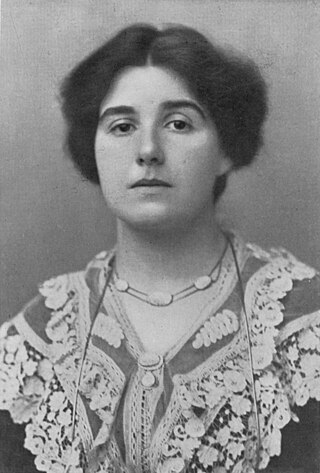
Pauline Ruth "Nina" Salaman (née Davis) was a British Jewish poet, translator, and social activist. Besides her original poetry, she is best known for her English translations of medieval Hebrew verse—especially of the poems of Judah Halevi—which she began publishing at the age of 16.
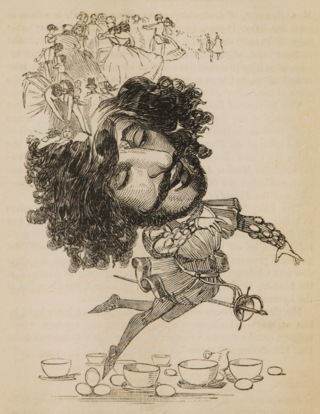
Barnett Nathan, known professionally as Baron Nathan, was an English impresario, entertainer, and dancing master. He acted for many years as master of ceremonies and managing director at Rosherville Gardens.

Kingston upon Hull, on England's East Coast was, by 1750, a major point of entry into Britain for traders and migrants, second only to London for links to the continent. Around then, a few Jews from German and Dutch cities lodged and settled in Hull. Selling jewelry and dealing goods in the thriving port and market town, they maintained contacts with Europe, London, and many other – particularly Northern – towns. The small community produced its own institutions and leaders, which were tested by anti-Jewish sentiment, and later by an influx of East-European refugees.
Israel Finestein QC MA (1921–2009), an English barrister and Deputy High Court Judge, was a leader and historian of British Jewry. His writings analysed the history of divisions amongst the Jews of England; in varied roles he worked for communal change and reconciliation.
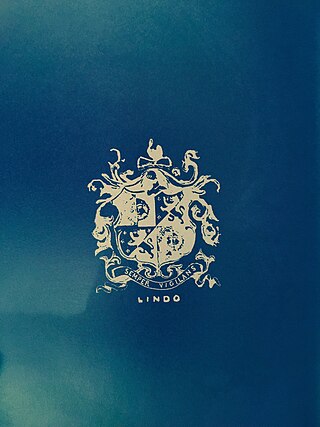
The Lindo family was a Sephardic Jewish merchant and banking family, which rose to prominence in medieval Spain.
